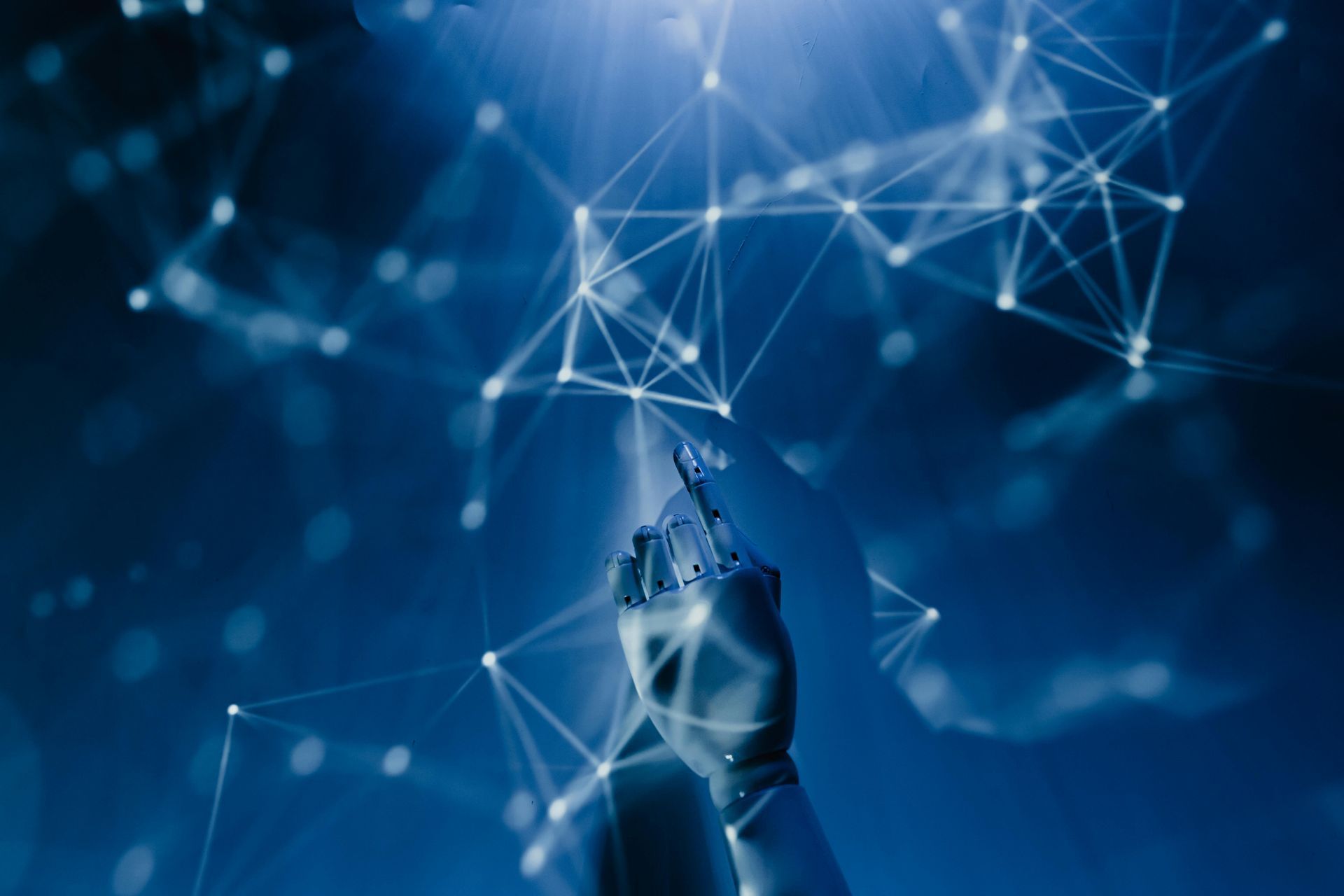FOSTERING INCLUSIVITY IN THE CLASSROOM
What is Inclusive Education?
This world has gradually moved from discriminatory ways of education to the inclusive type of education. Inclusive education according to Gravels (2008), is when all learners, regardless of any challenges, are placed in an age-appropriate general education class.
In these classes, they receive high quality instruction, interventions and support that enable them to meet success in the core curriculum. It is in inclusive education that every learner is relevant and is part and parcel of every activity rather than being excluded for any reason, directly or indirectly.
It curtails the essence of catering for every learner regardless of abilities. If the system is handled properly, all learners gain academically and socially. This gain will improve every learner’s self-esteem; hence a desired performance will be evident.
Creating a Conducive Environment for Inclusion
For inclusion to be a success, a teacher should create an environment in which all learners can accomplish their best learning opportunities. Taking into consideration that learners have widely disparate capabilities, the teacher should therefore tailor the environment so that it is compatible with each and every learner’s needs and capabilities.
The learning environment should provide a sense of belonging. It should be an open and welcoming environment. In the sense that learners should express themselves and their opinions without fear of teasing, retribution, or backlash. This emphasizes the fact that the classroom should be a platform for freedom of expression. It should be the place where every learner should respect the views of others, show empathy and a zero tolerance to bullying.
Respect in an inclusive classroom should be a key element. If ever the suitable environment is created, learners would not hesitate to express their opinions and confusions without being teased. This would then mean that every child’s opportunity to learn is maximized. Learners will be able to showcase their capabilities.
All the materials that learners need to bring out their potential should be made available so that learners will explore and discover knowledge on their own. Exploration is good in cultivating their critical thinking skills. This will also provide a more holistic view of given tasks.
There should not be any room for favouritism towards a certain group of learners or being negative to others. This despises the whole aim of inclusion. The teacher should exercise equity in the classroom to avoid such practices. The teacher should, by all means, lessen any form of literal and symbolic exclusion that may emerge.
In a nutshell, meeting diverse learning needs is imperative to building an inclusive classroom and the contribution of a conducive environment is vital.
Adapting the Curriculum to Meet Diverse Needs
Besides creating a conducive environment for inclusivity, knowing the learners’ capabilities, and adapting the teaching methods according to their needs is also vital. The main essence being to ensure that no learner is left behind. An adapted curriculum is a necessity. This is the process and the delivery of instruction.
It shapes how and what children learn. It takes into consideration individual learning needs and abilities of every learner. The adapted curriculum should meet children at their point of need academically. The teacher adjusts the curriculum so that it includes different instructional strategies, materials and assessments that would cater for specific strengths and weaknesses of learners.
The adapted curriculum offers teachers the opportunity to individualize learning approaches. These approaches are based on what learners know and where the learners are expected to go next. This curriculum is beneficial because it invokes interests in learners in what they are doing. It develops social and emotional skills with peers. Learners are exposed to critical thinking and problem-solving skills. This instils confidence in learners because of the positive achievements.
Administering Adapted Assessments
Adapted assessment should be administered in class. These are the assessments that adapt to the test taker’s ability. The difficulty of questions should differ in their level of difficulty to accommodate all abilities across. The assessments can be done in an informal way where questions are asked orally to establish whether they have understood, and the objective has been met.
Practicing Adapted Teaching for Inclusivity
Adapted teaching should be practiced as well. It is basically an approach that tailors instruction to meet the unique needs of each learner. This approach provides a more personalized and engaging learning experience. It empowers learners to take control of their own learning and achieve their full potential.
This can be achieved by creating a supportive learning environment. For example, flexible seating, where learners choose positions where they are comfortable to work. This brings about productivity. Learners can be exposed to gaming which brings about fun and engagement.
Collaborative style can be introduced. It encourages learners to work together in groups to complete tasks. This fosters teamwork, critical thinking, and communication skills.
Encouraging Peer Acceptance
For inclusivity to be successful in the classroom, a learner should be accepted by peers. The attitude, prejudice and beliefs of peers can affect the success of inclusion in a classroom. The teacher should encourage social interaction in the classroom. This helps everyone to develop an attitude of acceptance. Tolerance should be emphasized.
Ensuring Accessibility
Accessibility is also imperative in the success of inclusion in the classroom. Information, activities, and environments should be accessible. There should be access to architectural designs or facilities as well. Accessibility eliminates barriers. There should also be access to content in terms of media access. Media should be as usable as possible. It must not impede the user’s ability to excel.
Inclusivity is very much possible in the classroom if the teachers adhere to the requirements of the inclusive education.



